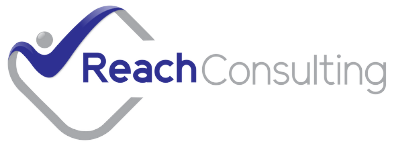
critical to organizational success. In this article, we'll explore the differences between
traditional HRM and modern HRM and how organizations can leverage modern HRM
practices to drive performance and achieve their goals.
Traditional HRM:
- Administrative Focus: Traditional HRM primarily focused on administrative tasks such
as payroll processing, recruitment, and compliance with labor laws and regulations. HR
departments were seen as support functions responsible for handling routine paperwork
and personnel matters.
2. Silos and Hierarchy: Traditional HRM operated within hierarchical structures, with HR
departments operating in silos separate from other business functions. Decision-making
was centralized, and HR policies were often rigid and standardized across the
organization.
3. Reactive Approach: Traditional HRM tended to adopt a reactive approach, addressing
issues as they arose rather than proactively anticipating and addressing them.
Performance management was often limited to annual reviews, with little emphasis on
ongoing feedback and development.
4. Employee Control: Traditional HRM focused on maintaining control over employees
through strict policies and procedures. There was limited emphasis on employee
empowerment, engagement, or involvement in decision-making processes.
5. Cost Center Mentality: HR departments were often viewed as cost centers rather than
strategic partners contributing to organizational success. Investments in HR were
primarily seen as expenses rather than investments in human capital development.
Modern HRM:
- Strategic Partner: Modern HRM has evolved into a strategic partner that aligns HR
practices with business goals and objectives. HR professionals play a strategic role in
driving organizational performance, talent management, and culture development.
2. Integrated Approach: Modern HRM takes an integrated approach, breaking down silos
and fostering collaboration between HR and other business functions. This approach
ensures that HR strategies are aligned with overall business objectives and contribute
to organizational success.
3. Proactive Approach: Modern HRM adopts a proactive approach, anticipating future
challenges and opportunities and developing strategies to address them. Performance
management is continuous and focused on providing regular feedback, coaching, and
development opportunities. - Employee Engagement and Empowerment: Modern HRM places a strong emphasis
on employee engagement, empowerment, and involvement in decision-making
processes. HR practices are designed to create a positive work environment where
employees feel valued, motivated, and empowered to contribute their best.
5. Focus on Talent Development: Modern HRM prioritizes talent development and
retention, recognizing that employees are valuable assets critical to organizational
success. This includes investing in training and development programs, career
advancement opportunities, and creating a culture of continuous learning and growth.
6. Data-Driven Decision-Making: Modern HRM leverages data analytics and technology
to make informed decisions about talent management, recruitment, performance
evaluation, and workforce planning. This data-driven approach enables HR
professionals to identify trends, anticipate needs, and make strategic recommendations
to drive business outcomes.


In conclusion, the transition from traditional HRM to modern HRM represents a
fundamental shift in how organizations view and manage their human capital. While
traditional HRM focused on administrative tasks and employee control, modern HRM
emphasizes strategic alignment, employee engagement, talent development, and data-
driven decision-making. By embracing modern HRM practices, organizations can
effectively leverage their human capital to drive performance, innovation, and
sustainable growth in today’s dynamic business environment.
